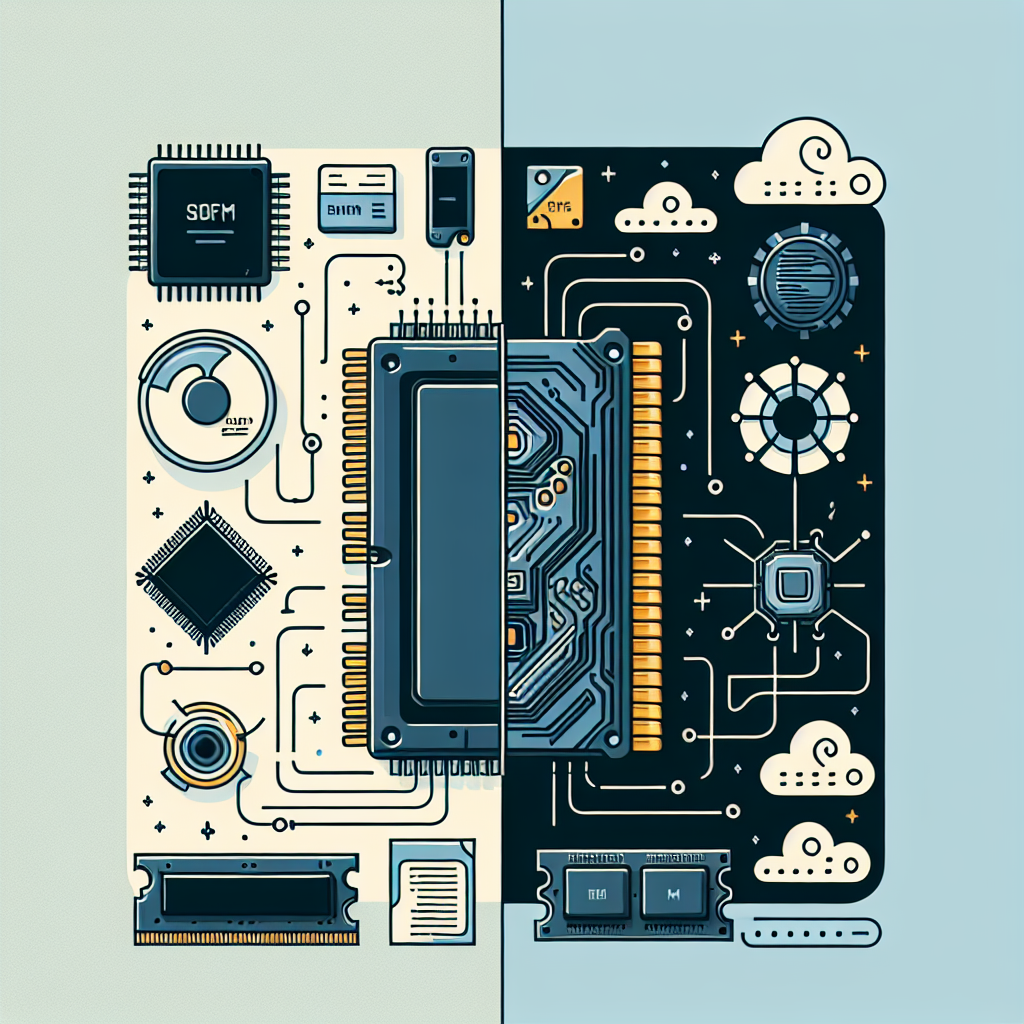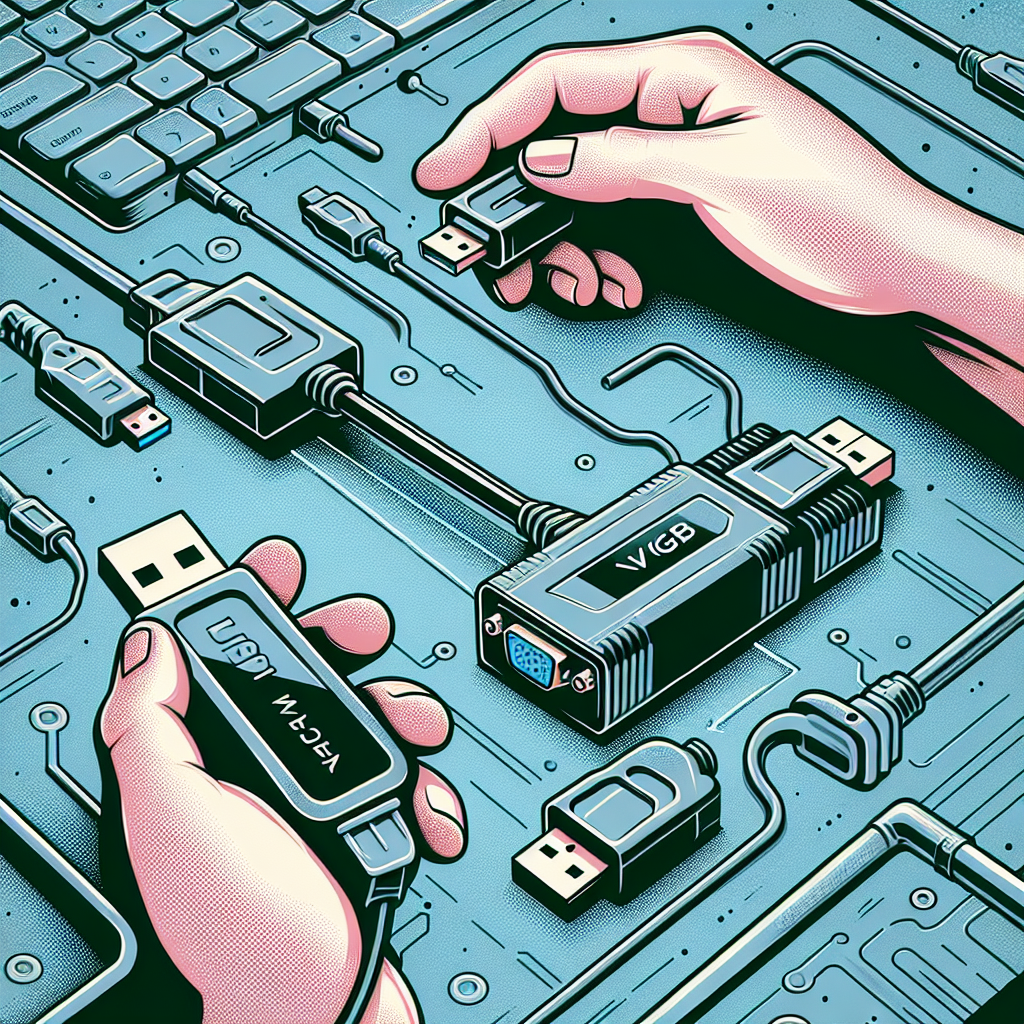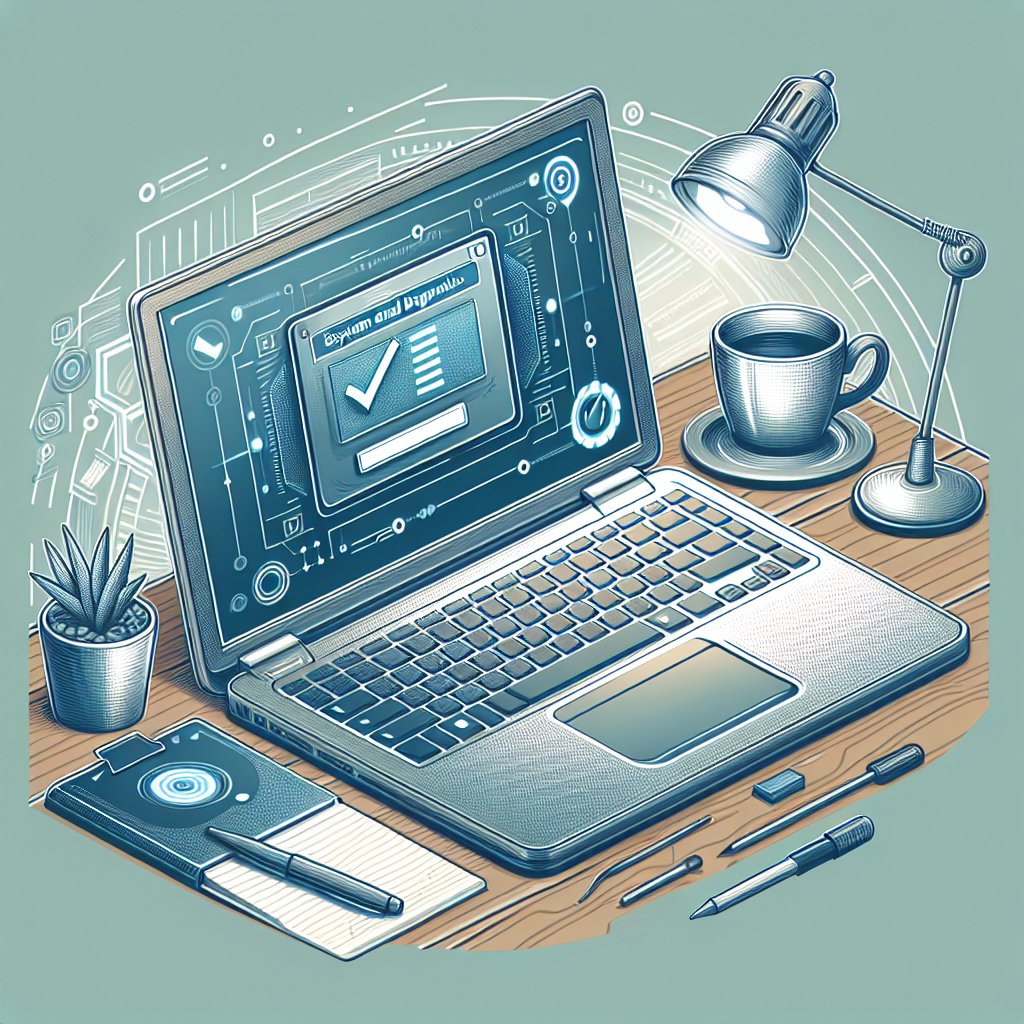In the realm of computing, two critical components define the functionality and performance of a system: hardware and software. Although they work together to perform various tasks, they are fundamentally different. Understanding the distinction between hardware and software is key to grasping the basics of computer science and technology innovation.
Definition of Hardware and Software
Hardware
Hardware refers to the physical components of a computer system that you can touch and see. These components include:
- Central Processing Unit (CPU)
- Random Access Memory (RAM)
- Hard Drives and Solid State Drives (SSD)
- Motherboard
- Graphics Card (GPU)
- Peripherals like mouse, keyboard, and monitors
Software
Software, on the other hand, refers to the intangible components of a computer system that consist of data, applications, and instructions that tell the hardware what to do. Software can be categorized into:
- Operating Systems (OS) – Examples: Windows, macOS, Linux
- Application Software – Examples: Microsoft Office, Adobe Photoshop
- System Software – Examples: Device drivers, utility programs
Key Differences Between Hardware and Software
While both hardware and software are essential for the optimal performance of a computer system, their differences are evident through their characteristics and functions. Here’s a closer look:
| Aspect | Hardware | Software |
|---|---|---|
| Physical Nature | Tangible and visible | Intangible and invisible |
| Dependency | Can function without software but cannot operate efficiently | Requires hardware to operate |
| Durability | Subject to wear and tear | Not subjected to physical damage, but can be corrupted or deleted |
| Manufacturing | Manufactured in factories using physical materials | Developed by computer programmers using programming languages |
| Examples | CPU, RAM, SSD, GPU | Windows OS, Microsoft Office, device drivers |
The Symbiotic Relationship Between Hardware and Software
Hardware and software must work together seamlessly for a computer system to perform its tasks. Here’s how they interact:
Execution of Instructions
Software provides instructions that tell the hardware what tasks to perform. These instructions are executed by the CPU, which processes the data and carries out the commands.
Resource Utilization
Software manages hardware resources such as memory, processing power, and storage. Operating systems, for example, allocate these resources to different applications running on the computer.
Updates and Maintenance
Hardware may require occasional upgrades or replacements due to wear and aging. Software, on the other hand, receives regular updates to fix bugs, enhance features, and improve security.
Importance in Different Industries
Both hardware and software play pivotal roles across various industries. Here’s a glimpse:
Healthcare
Advanced hardware devices, such as MRI machines and wearable health monitors, rely on sophisticated software for diagnostics, data analysis, and patient management.
Education
Educational institutions use a combination of hardware like computers and tablets, along with software such as learning management systems and educational apps, to facilitate learning.
Finance
The finance industry leverages powerful hardware servers to process vast amounts of data and complex software algorithms for high-frequency trading, fraud detection, and financial analysis.
The Future of Hardware and Software
In an era driven by technological advancements, the future of hardware and software is intertwined. Emerging trends include:
Artificial Intelligence (AI)
AI relies heavily on high-performance hardware such as GPUs and specialized processors, along with advanced software for machine learning and neural networks.
Internet of Things (IoT)
IoT devices consist of hardware components like sensors and microcontrollers, and they run on software that enables communication, data collection, and automation.
Quantum Computing
Quantum computers represent the next frontier in computing, requiring unique hardware and sophisticated quantum algorithms to solve problems deemed unsolvable by classical computers.
Conclusion
Understanding the difference between hardware and software is crucial for anyone interested in technology. While hardware forms the physical foundation of a computer system, software provides the intelligence that drives its functionality. Their interdependent relationship ensures the seamless operation of devices, transforming the way we live and work.




